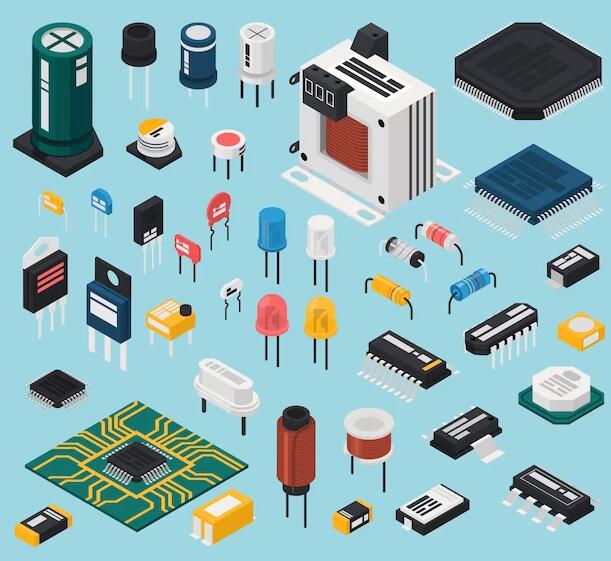The Differences between Electronic Components of Tablets and Smartphones
10/25/2024 11:39:56 AM
In the world of modern electronics, both tablets and smartphones are highly popular devices, but they have distinct differences in their electronic components.
One of the most notable differences lies in the processors. Smartphones typically require more power-efficient processors due to their portability and the need for longer battery life. These processors are designed to handle a variety of tasks such as making calls, running multiple apps simultaneously, and quickly processing data for seamless user experience. On the other hand, tablets may have processors that focus more on high-performance computing for tasks like gaming, video editing, and running complex applications. While both devices have powerful processors, the priorities in their design are different to meet the specific usage scenarios of each device.

The display components also vary between the two. Smartphones have smaller screens, usually ranging from 4 to 7 inches, which require displays that are both energy-efficient and capable of providing high-quality images in a limited space. The pixel density of smartphone displays is often very high to ensure sharp and clear visuals. Tablets, with their larger screen sizes, typically ranging from 7 to 12 inches or even larger, need displays that can offer a wider viewing angle and better color reproduction for an immersive viewing experience. The display technology used in both devices may be similar, such as LCD or OLED, but the specifications and characteristics are tailored to meet the specific requirements of their respective screen sizes.
Battery components are another area of difference. Smartphones, being constantly carried around and used throughout the day, need batteries that can provide long-lasting power in a relatively small size. The battery capacity of smartphones is usually lower than that of tablets, but they are designed to be energy-efficient to ensure reasonable battery life. Tablets, due to their larger size, can accommodate larger batteries, which means they can offer longer battery life for continuous use, such as when watching videos or working on documents for extended periods. Additionally, the power management systems in smartphones and tablets are also designed differently to optimize the power usage based on the specific needs of each device.
The camera components in smartphones and tablets also have distinct features. Smartphones are highly focused on camera quality as taking photos and videos is one of their primary functions. They often have multiple cameras, including high-resolution main cameras, wide-angle cameras, and telephoto cameras, to meet the diverse needs of users for different shooting scenarios. The camera software in smartphones is also highly optimized for quick photo capture, image processing, and various shooting modes. Tablets, while also having cameras, may not place as much emphasis on camera quality. Their cameras are mainly used for basic photography and video calls, and the camera specifications and performance are generally not as advanced as those in smartphones.
In terms of sensors, both devices have common sensors such as accelerometers and gyroscopes, but the usage scenarios may differ. Smartphones rely heavily on these sensors for features like screen rotation, motion detection for gaming, and step counting for fitness apps. Tablets also use these sensors, but their applications may be more focused on providing a better user experience when using the tablet in different orientations or for certain interactive applications. Additionally, tablets may have sensors that are specific to their larger form factor, such as ambient light sensors that are optimized for a wider viewing area.
In conclusion, while tablets and smartphones share some common electronic components, their differences in processors, memory, displays, batteries, cameras, and sensors are designed to meet the specific needs and usage scenarios of each device. These differences reflect the diverse requirements of users for portability, functionality, and performance in the ever-evolving world of mobile electronics.







